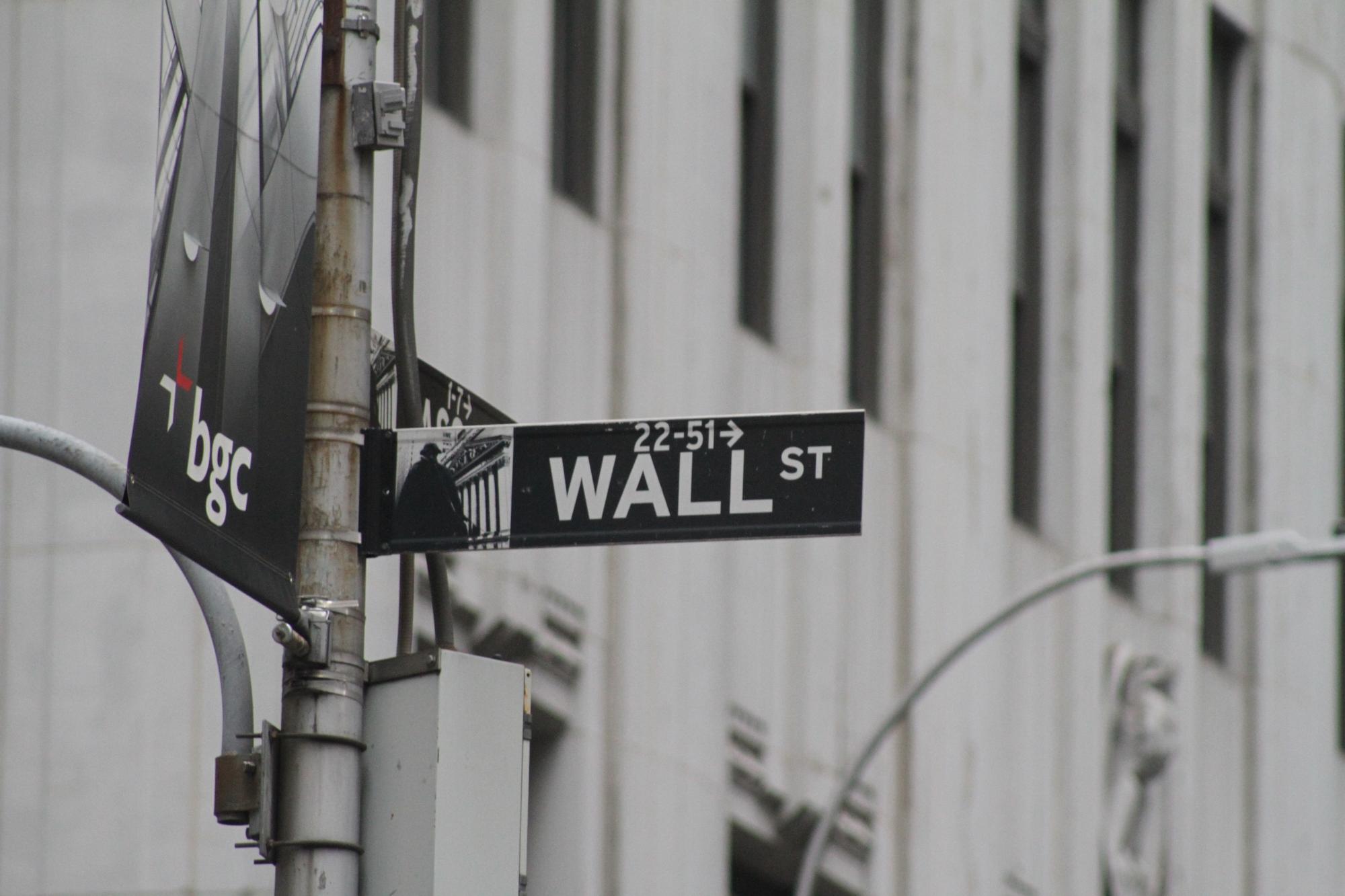Test- FTSE 100 Kicks Off August on a High as BP and Senior Lead Market Momentum
$11
10 Oct 2025, 13:13

Unsplash.com

As trading on Wednesday came to a close, U.S. stocks continued to decline as investors examined data that indicated the economy was slowing.
The S&P 500 was down 1.6%, the NASDAQ was down 1.2%, and the Dow Jones was down 1.8%. The day began with gains for all three indices.
What had been a rally in January was hampered by the downward movement. This month, the Nasdaq is up 5% while the S&P is up 3%. The Dow has behind, rising just 1%.
The Federal Reserve's beige book, a recurrent assessment of the state of the economy in each of its 12 districts, stated that although there won't be much economic growth for the foreseeable future, price growth is anticipated to reduce.
Investors were encouraged by the fact that December retail sales were lower than predicted and that the Federal Reserve would not need to raise interest rates as quickly as it did in 2017. Although holiday sales increased by 5.3%, they fell short of expert predictions.
With an expectation of a 0.25 percentage point rate increase in February, the market has already wagered that the Fed's next rate move will be less than the moves it made last year.
Furthermore, producer prices increased less than anticipated for the year, which gives rise to further optimism that inflation is declining.
After announcing 10,000 job cuts and a $1.2 billion charge as it prepares for weaker revenue growth, Microsoft's shares slumped 1.9%.
Shares of Moderna increased 3.3% after the manufacturer of the COVID-19 vaccine reported positive results with older persons in a trial of its investigational vaccine for the infectious respiratory virus RSV.
Finally, following a fourth-quarter earnings report that fell short of forecasts, Charles Schwab's stock dropped 2.5%.
(investing.com, reuters.com)